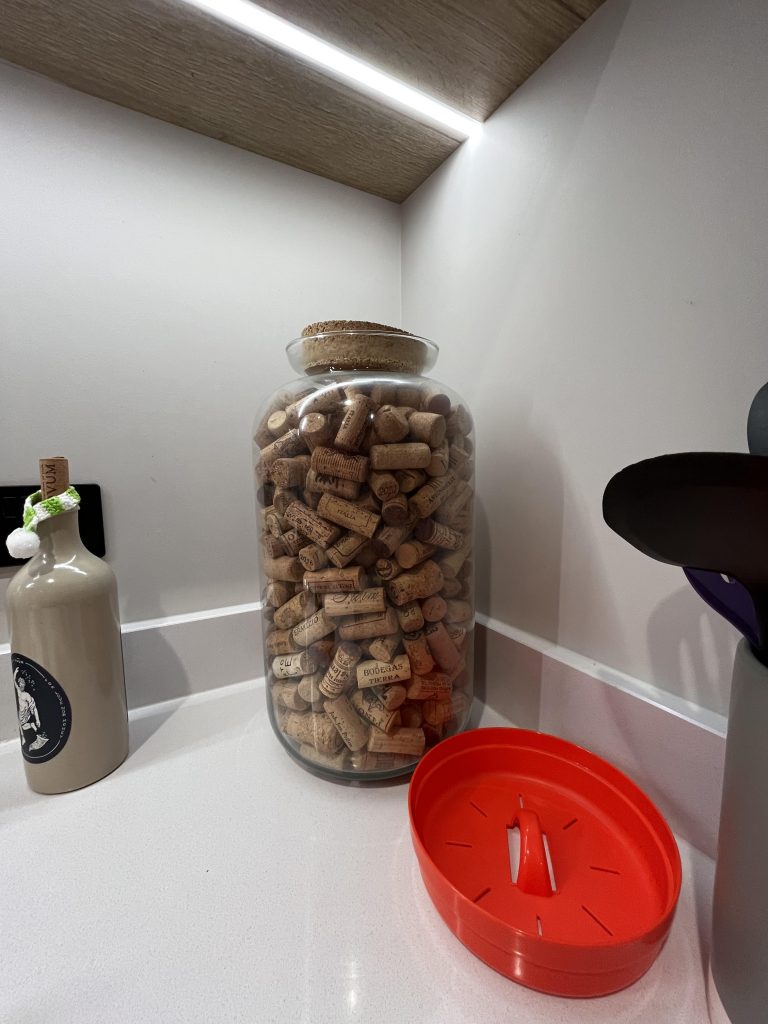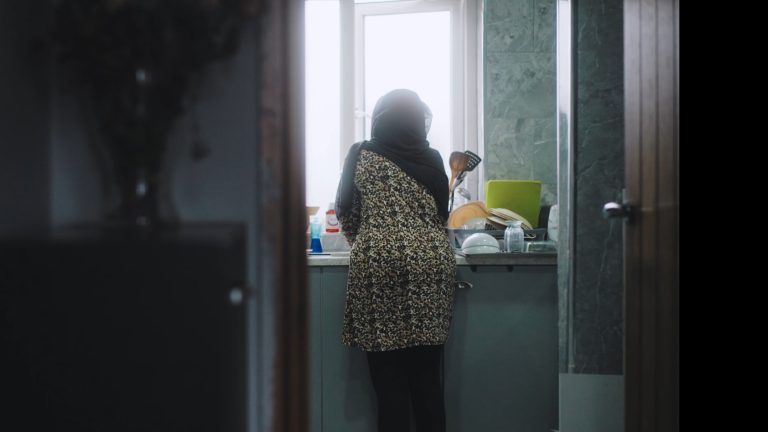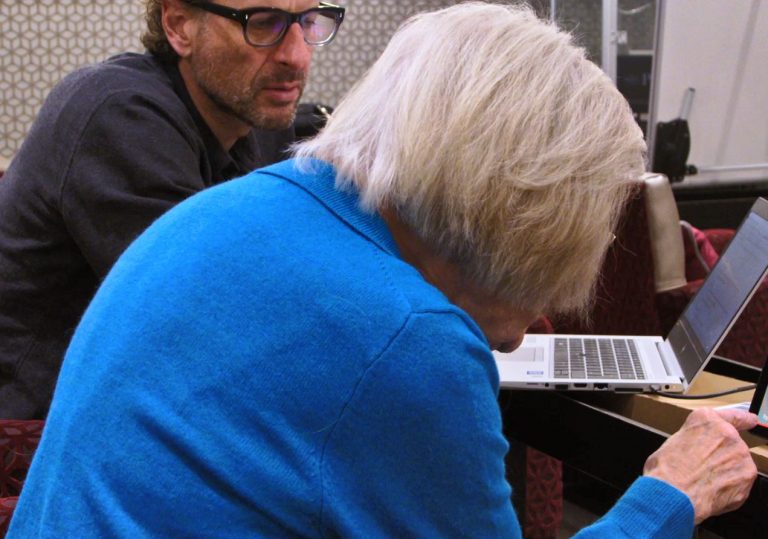
It’s a familiar, uneasy feeling. You spend a day living with someone, recording their day-to-day life. The morning turns into evening, you read your notes back, and nothing jumps out. It’s messy, unconnected.
For researchers and filmmakers who spend time living alongside people, insights rarely arrive on schedule. Then a moment reframes everything.
A good friend from a comms agency brought me onto a project about child literacy as an ethnographic researcher. The issue: thousands of children in the UK from low income families start school behind in language and communication. This is often linked to the number of words they hear at home. Could the home itself be redesigned to support learning and connection?
Mum is cooking. Her younger son comes home from school, dumps his bag, looks at me curiously. Disappears into another room.
Mum pulls a chair from the corner of the kitchen and places it right behind her.
She continues cooking. Boy returns and slumps into it. They talk.
In that small adjustment, she had designed a space to check in with her son. It wasn’t “homework time,” but a daily ritual for connection.
Even the simplest shifts in an environment can open space for language, trust, and growth. Moments like this turn observation into evidence. These are as compelling to organisations as reports and data showing us how everyday design in the home shapes a child’s future.




